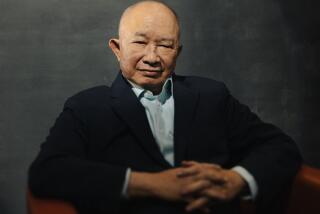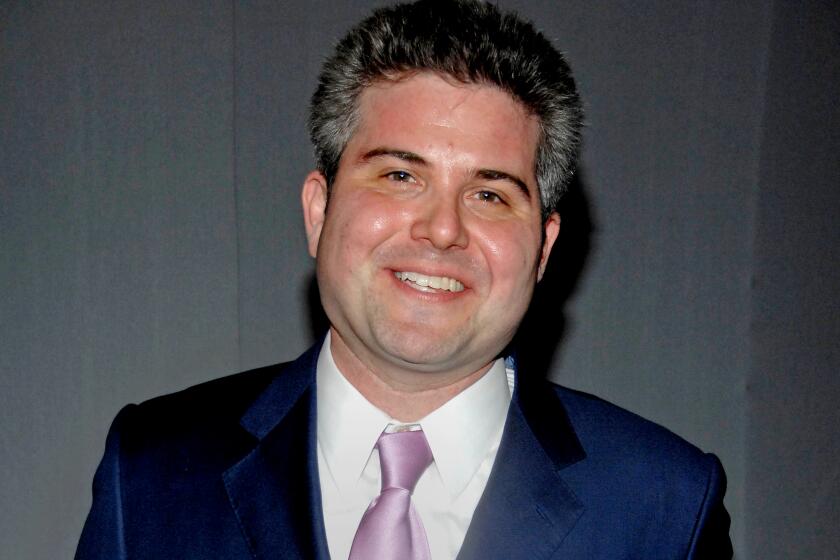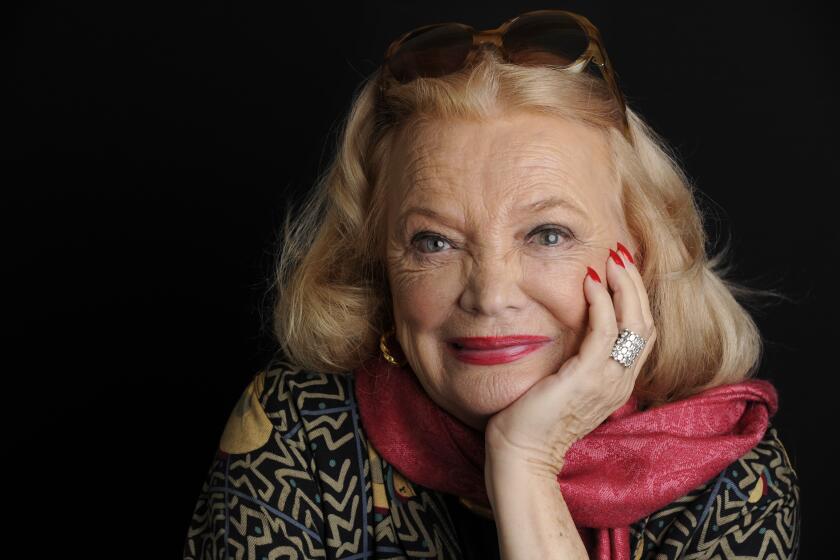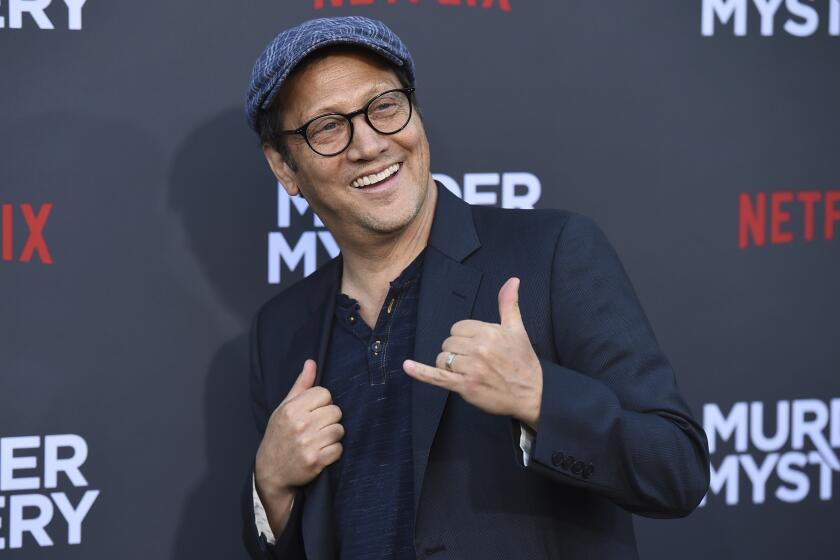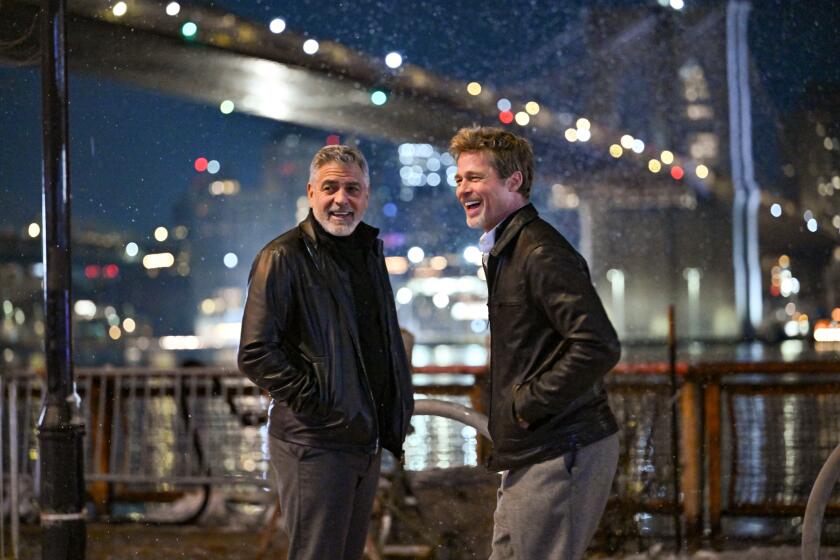No retreat, no surrender
“Bang Rajan,” which recounts a legendary tale in Thai history, is named after a small rural village whose vastly outnumbered residents courageously defended the repeated onslaught of Burmese invaders in 18th century Siam, the former name for Thailand.
In a way, the film’s success in its home country against far bigger-budgeted Hollywood imports mirrors the heroic stand of the villagers it depicts. Visually distinctive and shot with a documentary feel that takes audiences inside the action in an intimate, visceral way, it also illustrates the renewed vigor of Thai filmmaking.
Directed by Thanit Jitnukul and produced by Adirek Watleela, the powerful war drama not only garnered 11 Suraswadee Awards (Thailand’s version of the Oscars), including best director and best picture, but also raked in twice as much at the local box office as James Cameron’s Hollywood blockbuster “Titanic.” “Bang Rajan” reigns domestically as the second-highest-grossing film in Thailand’s history with $10 million.
“When we made it, we had no idea how popular it would be,” Jitnukul says. “We had the story and we just wanted to film that to the best of our ability. We were shocked.”
Director Oliver Stone, who happened to watch the film one hot afternoon at a friend’s house in Bangkok while scouting locations for “Alexander,” was so impressed he arranged for its release in the United States. “Bang Rajan” opened Friday in Los Angeles and will open at theaters in Boston, Chicago and New York later this month.
For Watleela and Jitnukul the best thing about the film is that its box-office success has given them artistic freedom. “It gave me the opportunity to make movies that I wanted to make,” Jitnukul says. “If it hadn’t made money,” Watleela added, “I would have had to make movies that they wanted me to make -- like ‘Anaconda,’ mindless action movies.”
Of the dozens of Thai movies that come out every year, only two or three make a profit, Watleela says, adding that “Bang Rajan” has funded many of the smaller art movies he produced.
But “Bang Rajan” may be one of the rare films that appeals to audiences at home and abroad. “Because the tastes of the mass audience in Thailand are different ... it’s extremely difficult to make a movie that’s popular both in Thailand and outside” the country, he says. “The only exception is action movies.”
Gods and warriors
Reunited after making their first two films together 19 years ago, Jitnukul and Watleela, who were interviewed at the Sofitel hotel in Los Angeles, see themselves as leaders in a vanguard movement. “We have to fight to get our movies seen overseas,” Jitnukul says. “We are just like the village warriors in Bang Rajan,” Watleela agrees. “We made the movie with our hearts. Not to make money.”
To research the film, Jitnukul traveled to the site where the village of Bang Rajan was located in a province called Sing Buri and “found old Thais who had passed on the traditions and the knowledge from generation to generation,” he says. A statue honors the 11 heroes of Bang Rajan. “We prayed to the gods of those heroes and asked for permission to make a movie about them.”
When Jitnukul first brought the actors to the site, Chumporn Taephitak and Jaran Ngamdee, who play village warriors Dear and Chan, respectively, took an afternoon nap (a Thai tradition), and each dreamed of one man dressed as a warrior who asked if the actor was going to portray him in a movie, Jitnukul says. The warrior told each actor to play him well.
Before filming began, all the actors demanded a ceremony to pray to the spirits of their ancestors for protection during filming, Watleela says, especially the actors who were playing Burmese. “They wanted the gods to know that they were not really Burmese.”
Throughout history, there have been “regular wars” between the Burmese and the Thai, Watleela explains, and tensions are still high today. Recently, Burmese authorities confiscated videos of “Bang Rajan” at the border because they didn’t want the Burmese to see it. At a film festival in Japan, the Burmese embassy protested the showing of “Bang Rajan,” so Watleela had to use another movie instead, he says. “But we weren’t upset because we got a free trip to Japan out of it,” says Jitnukul, who admits that he is still not brave enough to vacation in Burma. “Every country is patriotic and has its heroes and its wars and its history,” he adds. “Burma has its own heroes.”
“Bang Rajan” is the third film made about the villagers who held off an army of 100,000 soldiers for five months during eight battles.
Stone, who helped Jitnukul and Watleela make a deal with American distributor Magnolia Pictures after he returned to the States, believes this film is “eternal -- it doesn’t matter that it was made three years ago.”
“I just fell in love with it,” says Stone. “ ‘Bang Rajan’ stood out because of its technical brilliance, because it has classic values of family, village and country and what a man and woman will fight for in the end -- and the director deserves much credit.
“It’s a throwback to [Akira] Kurosawa and ‘Seven Samurai.’ It’s beautifully done,” says Stone by phone from his office in Paris where he is finishing post-production on “Alexander.” Each one of its characters, even the water buffalo, emerges as a distinct individual, he says. Taephitak and Ngamdee accepted his invitation to appear in “Alexander,” Stone says, and he was even in discussions with Jitnukul to serve as a second unit director for the film.
He wanted the picture to be seen in the United States because it is timely, says Stone. “It really speaks to today, of the fear [that Americans are experiencing] right now.”
The film, dominated by graphic battle scenes, is being presented to American audiences uncut, in its original form. “Some Americans may think that it’s too bloody in its carnage,” Stone says. “But that’s the beauty of its unsentimentality.”
The scenes were shot that way for a reason, Jitnukul says. “I wanted the reality in the war to be honest,” he says. “It’s an antiwar movie.” The concept of the film was to persuade people not to fight, he explains, adding that audiences are supposed to feel scared and believe that they are in the midst of a war. “In a real war, it probably would be even more violent than the movie,” Jitnukul says.
The hardest part of creating this film was “making viewers believe that what they were seeing was how villagers were living 250 years ago, with the money we had,” says Jitnukul. The other difficult thing was getting the actors to understand the way of life during that era -- so the director sent the actors to boot camp a few weeks before filming started.
Jitnukul was also concerned about making the scale of the battles realistic. “We needed to make people understand the magnitude of the war, so we used 1,000 [extras],” he says. The filmmakers shot the 1,000 people as Thais, then the actors had to change their clothes to become the Burmese.
The action turned out to be so realistic that nearly every day an actor had to be sent to the hospital during the monthlong filming of the climactic battle. The chief cinematographer had a sword slice his lip, says Watleela, a little too close for comfort. He wore a helmet throughout the rest of filming. And a spear pierced one photographer’s shoulder, says Jitnukul. With a budget of $1 million, Jitnukul and Watleela say they could not stop filming because of injuries. “The shooting had to go on,” says Jitnukul. “We didn’t have lots of money.”
“And we didn’t have lots of time,” Watleela added. Jitnukul says the budget for “Bang Rajan” was about four times the cost of an average Thai film.
An industry reemerges
In the early 1980s, Thai studios churned out more than 200 films a year. But in the mid-’80s, the theaters became dominated by movies from Hollywood and Hong Kong after restrictions on foreign imports were eased. By the late ‘90s, the waning industry was producing only six or seven movies annually.
After the economic crash of 1997, many would-be filmmakers who lost their jobs in the advertising industry returned to their first love. As the country’s moviegoers grew weary of blockbusters from Hollywood and imports from Iran, Hong Kong, China and Japan, they became more open to something new, says Watleela. “Bang Rajan” is part of this renaissance. Today, the nation averages about 50 films a year.
Watleela, a respected director and producer known by his nickname “Uncle” by those in Thailand, also backed the critically acclaimed “Tears of the Black Tiger” (2000), Wisit Sasanatieng’s highly stylized western set in Bangkok -- one of the most well-known Thai films outside the country -- and the urban thriller “Bangkok Dangerous” (2000).
Thai films like these have special appeal for Stone. “The new style in Thai cinema is fascinating -- unsentimental and quick to the point like the old film noirs,” he says.
The arrival of “Bang Rajan” in Los Angeles also affirms the continuing introduction of Thai films to American audiences. “Bangkok Dangerous,” directed by Danny Pang and Oxide Pang, identical twin brothers from Hong Kong, opened in the U.S. in late 2001. Last year, the Pang brothers’ horror film “The Eye” (2002) and Prince Chatri Chalerm Yukol’s historical epic “The Legend of Suriyothai” (2001), were shown in American theaters.
And although movies from Thailand have enjoyed critical success in Asia and Europe in recent years -- “Tropical Malady,” directed by Apichatpong Weerasethakul, won a jury prize at Cannes in May -- the United States may be one of the last frontiers for Thai cinema.
Perhaps not for long.
“America hasn’t caught on yet, but I hope it will,” says Stone. “Thai cinema’s breaking out. It’s got a lot of muscle.”
More to Read
Only good movies
Get the Indie Focus newsletter, Mark Olsen's weekly guide to the world of cinema.
You may occasionally receive promotional content from the Los Angeles Times.


